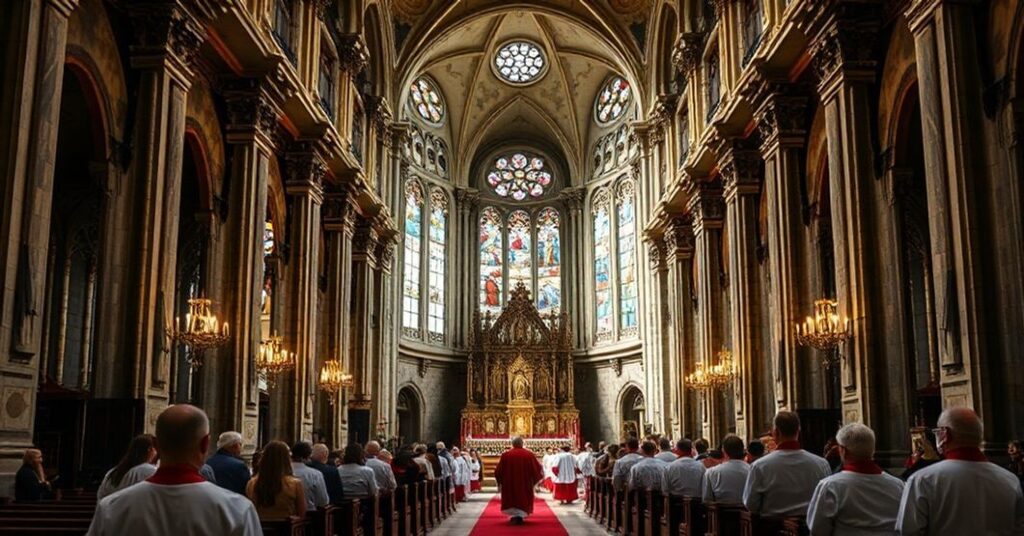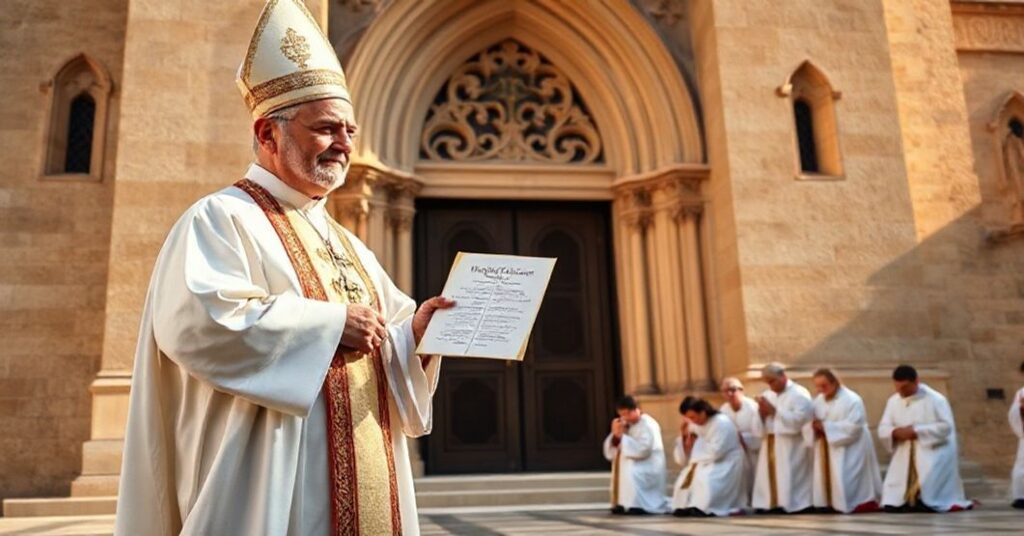Luluaburgensis (1959.04.25)
The text published under the name of Ioannes XXIII and titled “LULUABURGENSIS (LUEBOËNSIS)” announces the territorial division of the Apostolic Vicariate of Luluaburg in the Belgian Congo and the erection of a new Apostolic Vicariate of Luebo, entrusted explicitly to the indigenous clergy, with precise geographic boundaries set by rivers and administrative limits, and executed under the supervision of Alfred Bruniera and Bernard Mels, in continuity with Roman central administration and the Congregation de Propaganda Fide. It presents this bureaucratic restructuring as an expression of the expansion of the “Kingdom of Christ” and the life of the “Church” in mission lands.










